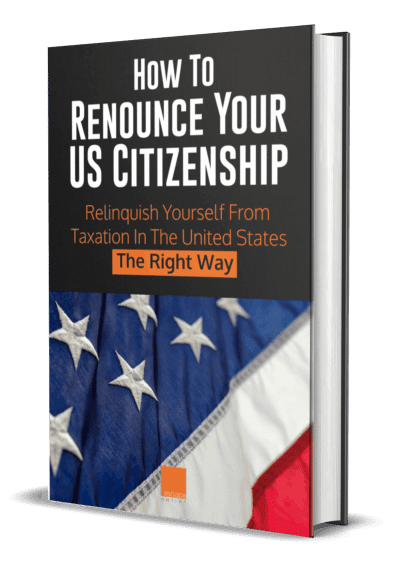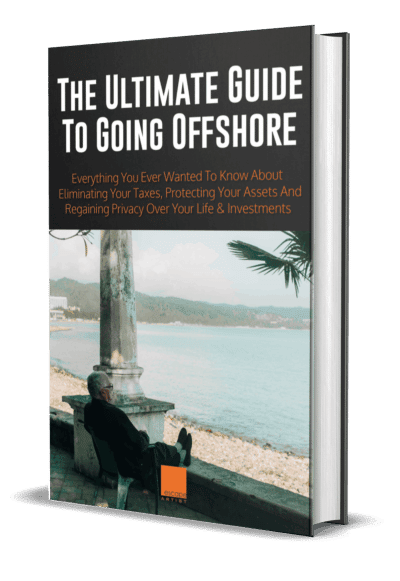No worries mate and keeping warm!
Sir Stamford Raffles founded Singapore in 1819 as an important seaport and trade center for the East India Company and then part of the British Empire in 1824. Singapore and Malaysia became independent in 1964. Singapore is a shipping haven and as a land lover, a land haven with a warm moist tropical climate and bright sunny days.
Singapore is a tropical rainforest haven with is shipping location its only strategic asset. Singapore’s small land mass is a lozenge shaped 30km long by 20 km wide island. It is affected by the weather conditions of the seas on either side and protected by the neighbouring land masses of Indonesia, India, Myanmar, Thailand, Malaysia, Vietnam and China.
Timezone
Although Singapore does not observe daylight saving time, it follows time zone GMT+8, which is one hour ahead of its geographical location. This is so that Singapore can more easily connect with United Kingdom and Europe for commerce and was set when the telegraph, fax and telephone where the fastest means of communication. Singapore banking close at 5pm which is 9am bank opening in the United Kingdom. An extra 1 hour in time zone would mean no banking timezone overlap.
One North
An easy way to remember where Singapore is located is simply “one-north” that is at 1-degree north (80 miles / 100 km) above the equator. It is categorized as a Tropical Monsoon Climate.
Luckily the country is surrounded by landmass of Indonesia, Malaysia and Thailand and is sheltered from any extreme weather and typhoons, absolutely out of harm’s way. Hurricanes in Asia are called typhoons passing to the northeast and usually exhausting themselves over the Philippines, Hong Kong and Mainland China.
Singapore does not have earthquake and volcano threats like Indonesia.
Singapore can have tropical rainstorms, usually of short duration of one to two hours. Yet during the monsoon, there can be heavy rain for several days in a row and over the monsoon period that can last a few weeks in November-January period. Throughout the year you are given the opportunity to see spectacular lightening shows.
Singapore has a highly developed complex of canals and storm drains, so that even 0.5m to 1 meter of daily rain, just disappears in minutes. Most of Singapore is lower than 150 feet (50 meters) in elevation, with only Mount Faber and Bukit Timah Hill each being around 545 feet (166meters).
A complex of commercial centers and canals
The city is a complex of shopping and business centers and with the efficient mass railway transport system and air conditioned buses and plentiful taxis, it is rare to actually get wet by the rain.
The rain is of course warm, so it is actually refreshing and fun to be in it. Except do not get wet and then go to the highly air-conditioned cinemas.
Singapore tends to have only light breezes, with prevailing wind speeds averaging 5 to 9 miles per hour (4 to 8 knots).
On the average, Singapore receives 178 days and about 92 inches (2300 cm) of rain each year. I personally have experienced consecutive days of 60cm daily rainfall, yet no problems.
Experience the Insider community that takes your international lifestyle to the next level. Download your FREE guide
"18 Steps to Implementing Your Plan B" instantly!
Daytime temperatures are extremely consistent, usually in the range from 24 to 31 °C (88 to 97 °F) with record highs of 36°C and record low of 21°C.
If you like sun bathing, there are over 2200 sunshine hours a year. Yet pick a day with a clear blue sky if you want to get a serious deep crisp tan, take care this is sun burning weather.
Singapore Seasons
Many people in Singapore, remain insensitive to their environment and think that there are no seasons in Singapore. Once you have lived here a few years like me, a 26 degree day is cold and needs a jumper.
Go to the market and find changing seasonal fruit and changing prices. The durian, pineapple, banana, mango, rambutan trees all know when to bud, flower, pollinate and ripen the fruit.
There is also a season when the new leaves demand more and old leaves on some trees dry and fall. As evidenced in my back garden in Singapore you can see the autumn leaves on the ground. A thick carpet of hues of golden brown leaves.
Like Our Articles?
Then make sure to check out our Bookstore... we have titles packed full of premium offshore intel. Instant Download - Print off for your private library before the government demands we take these down!






